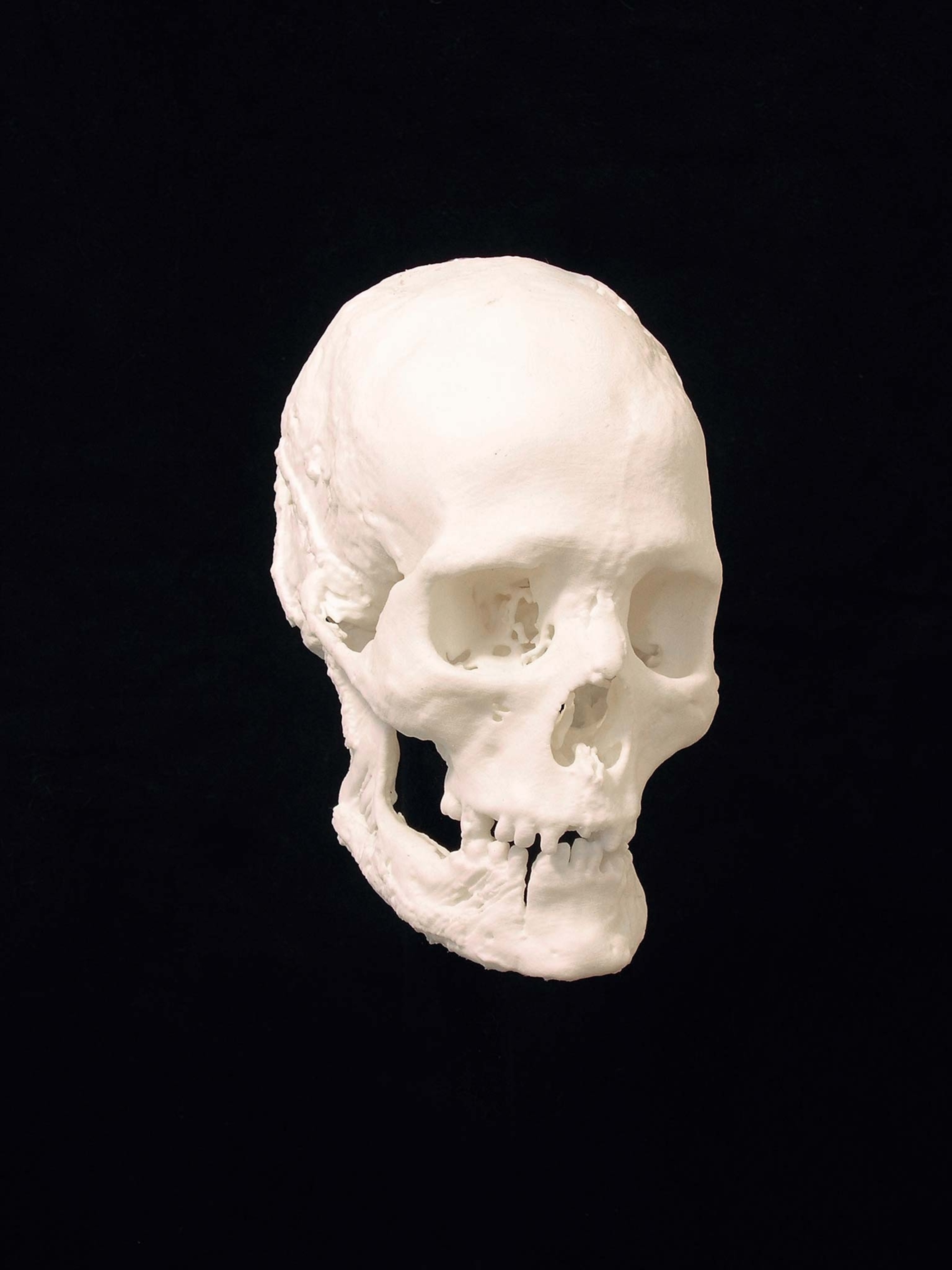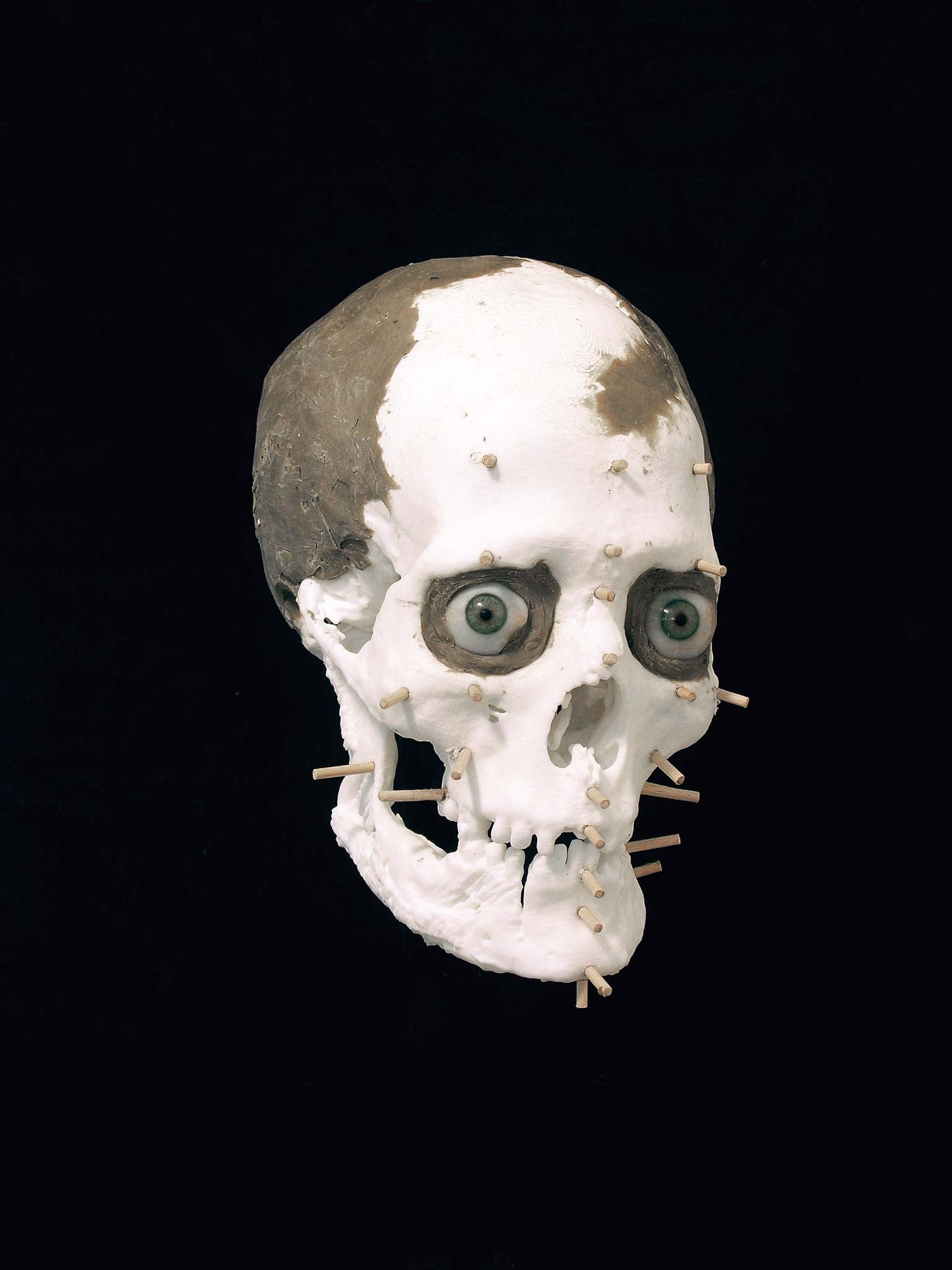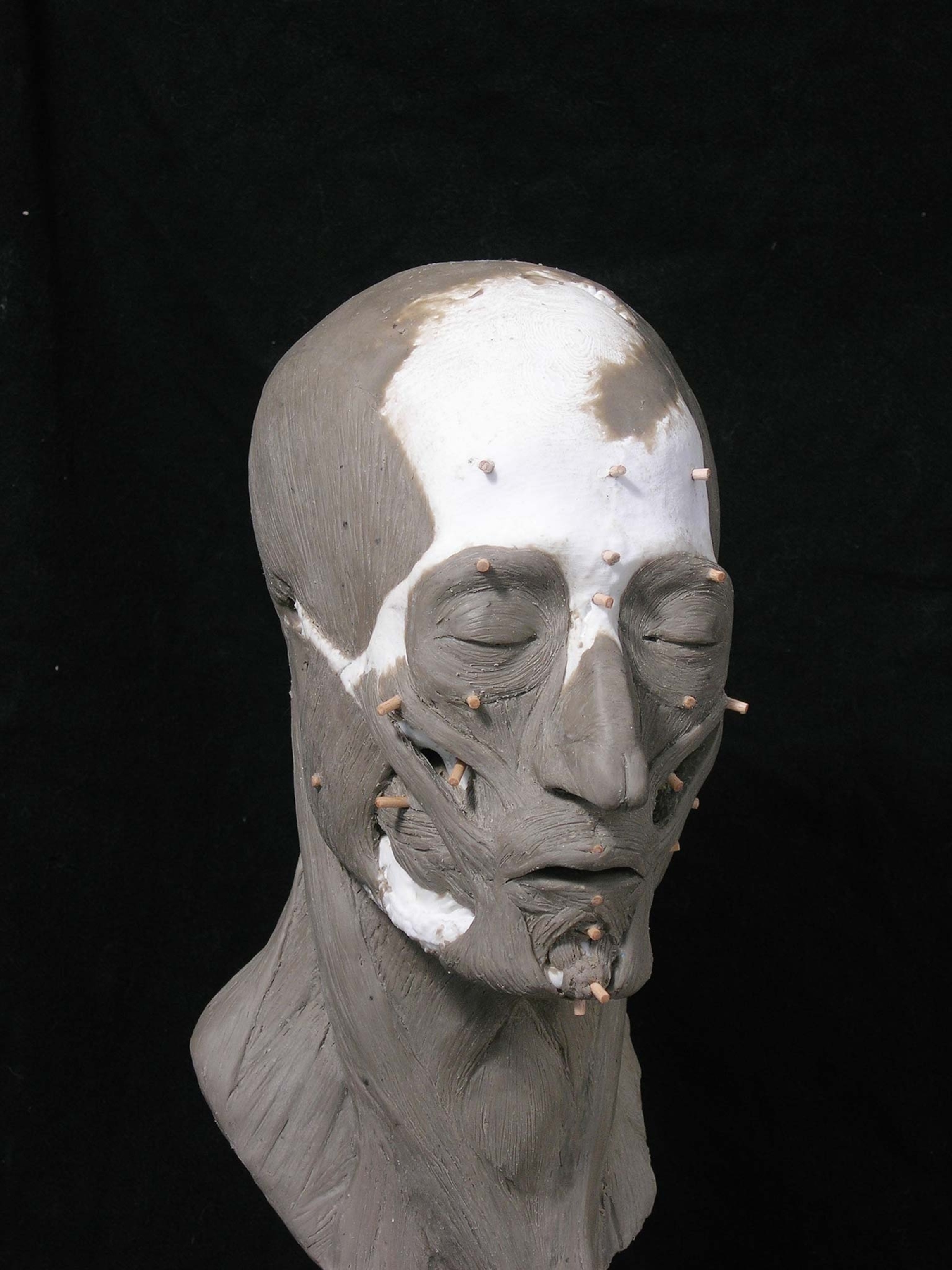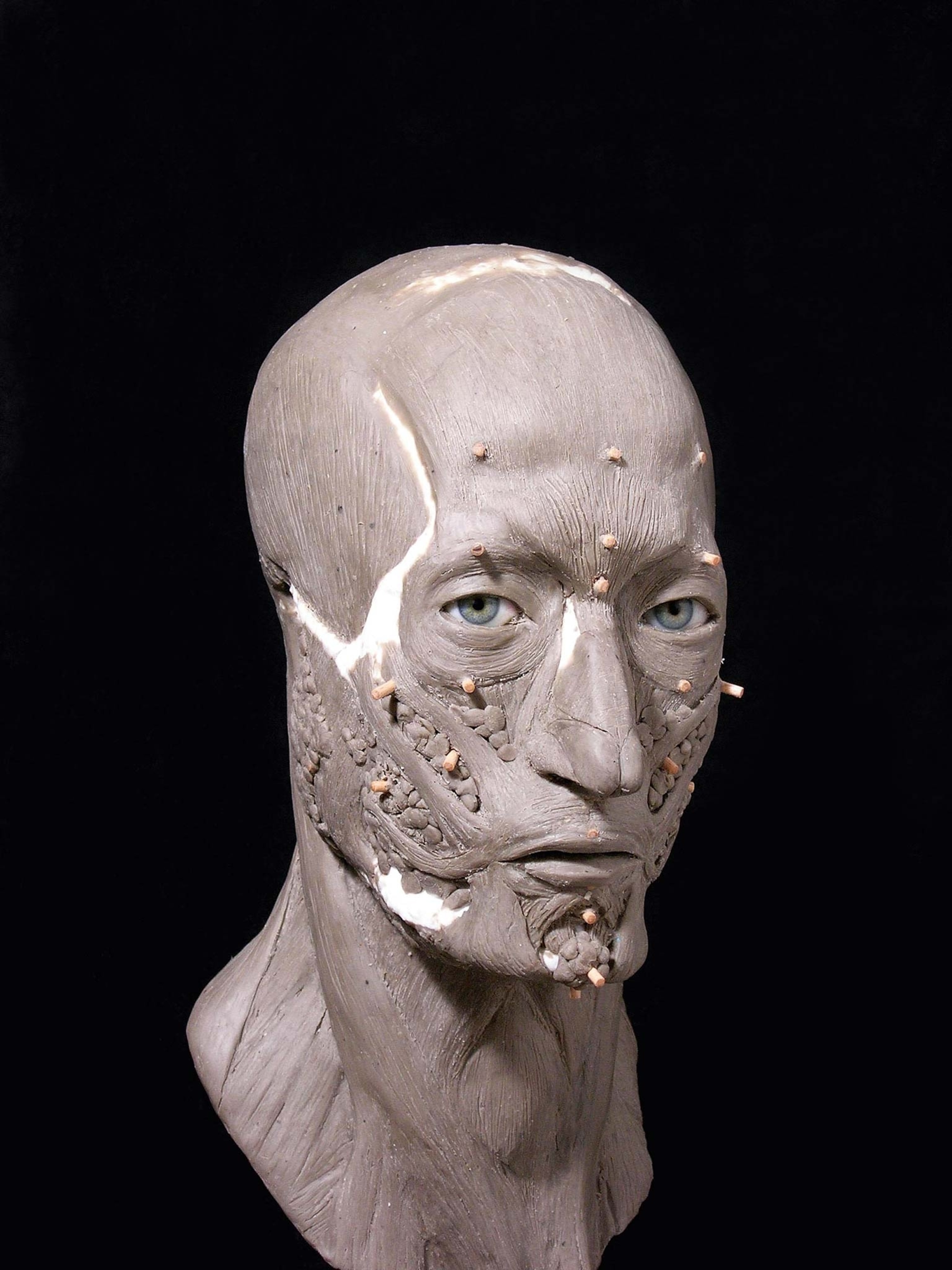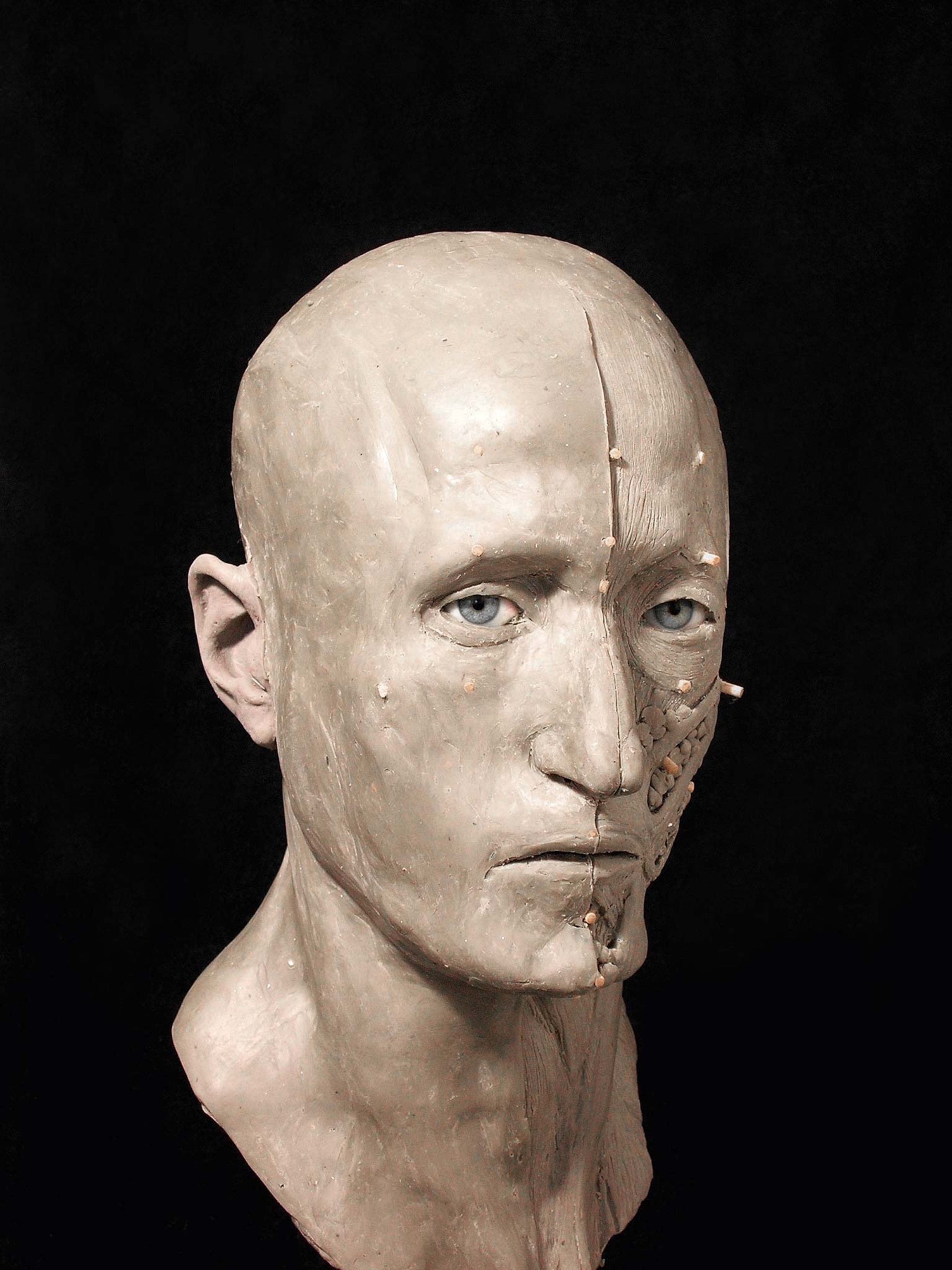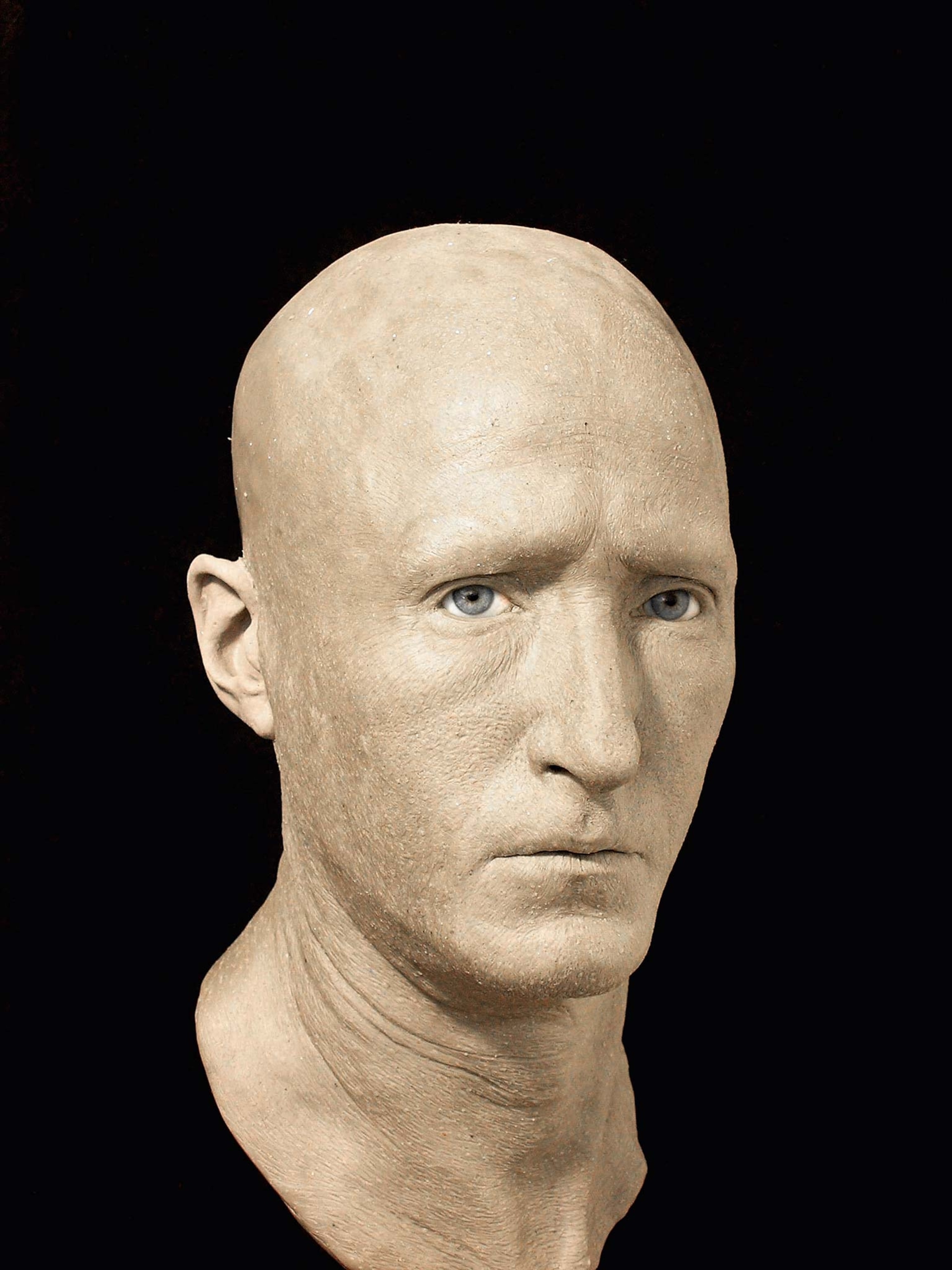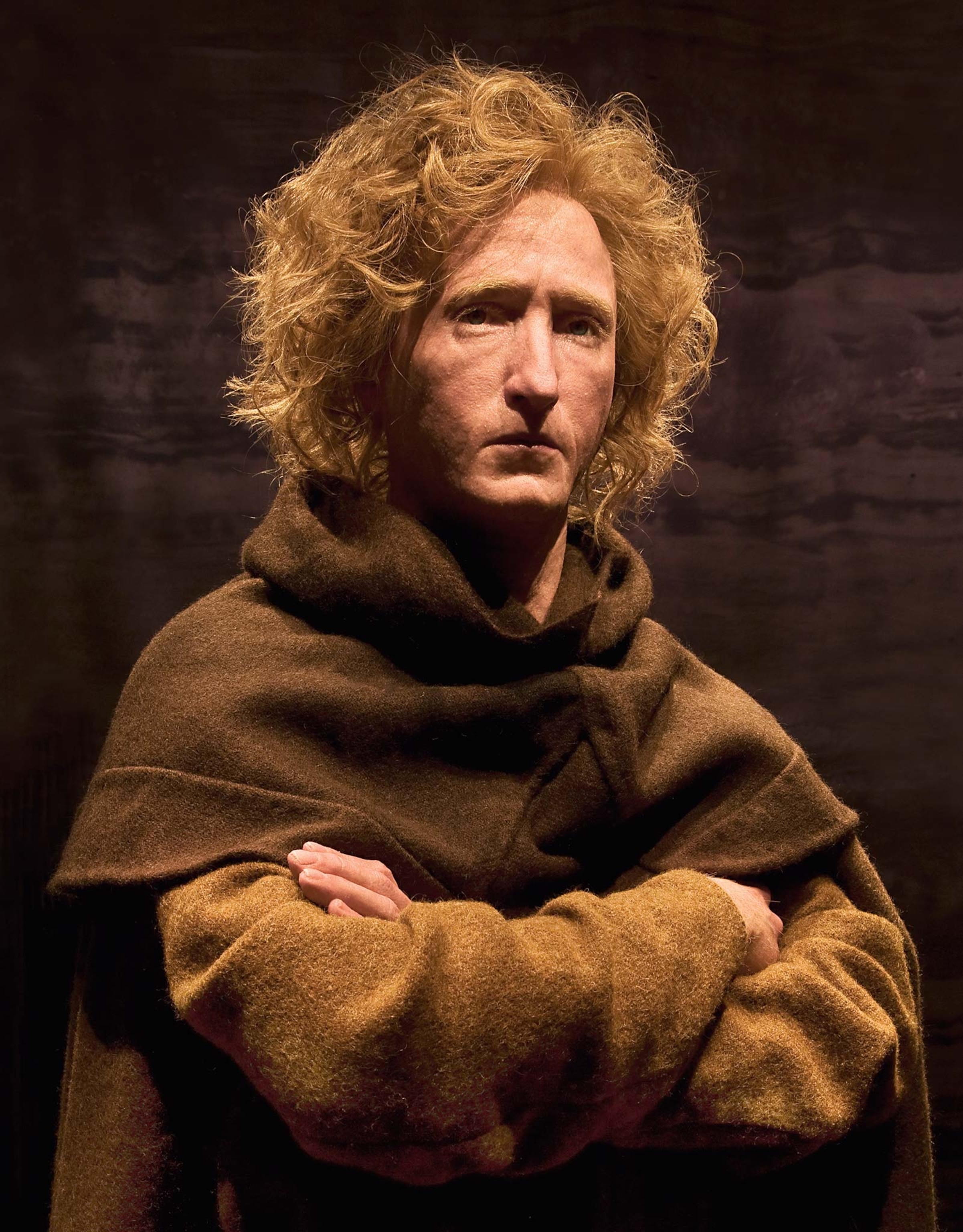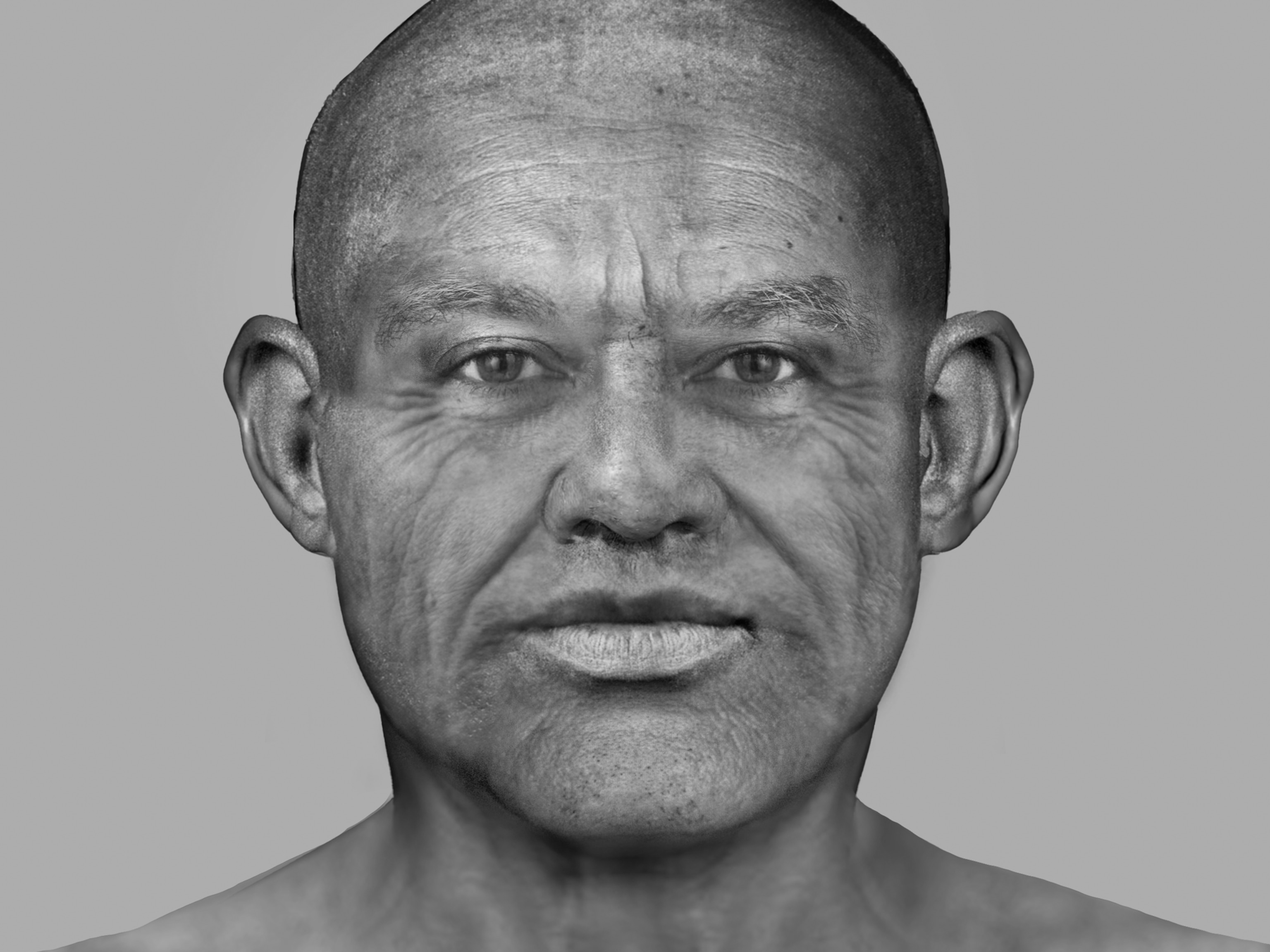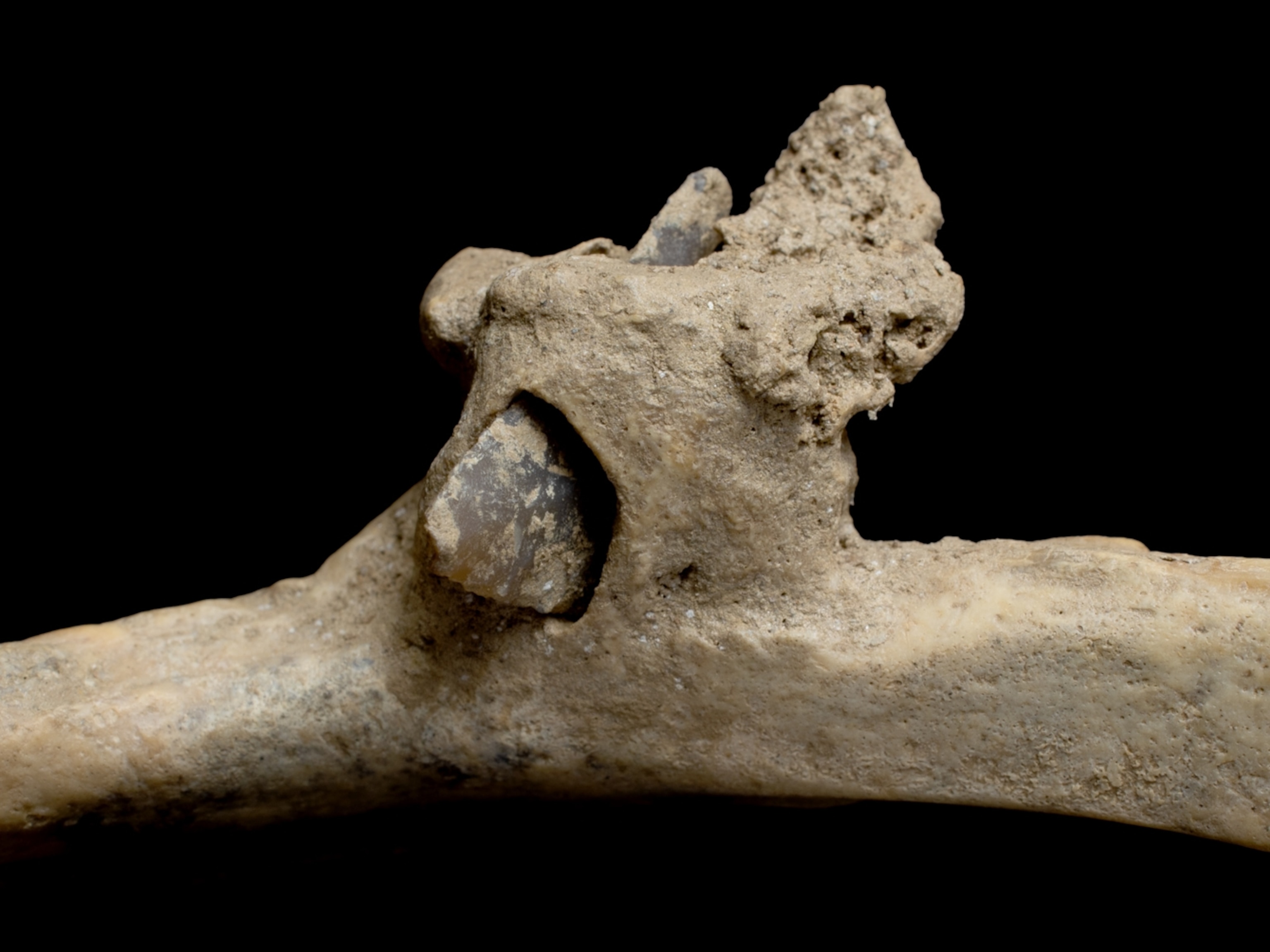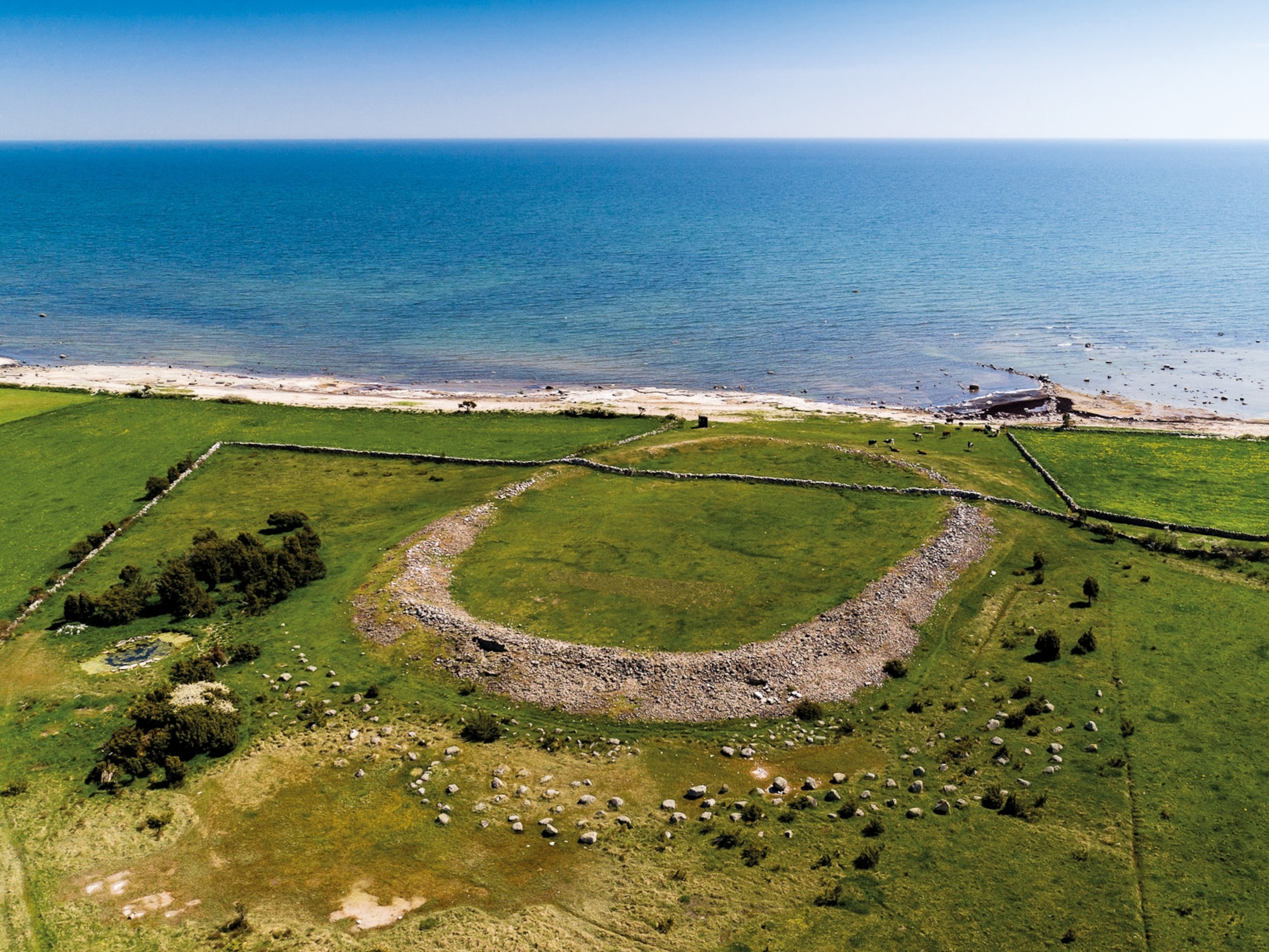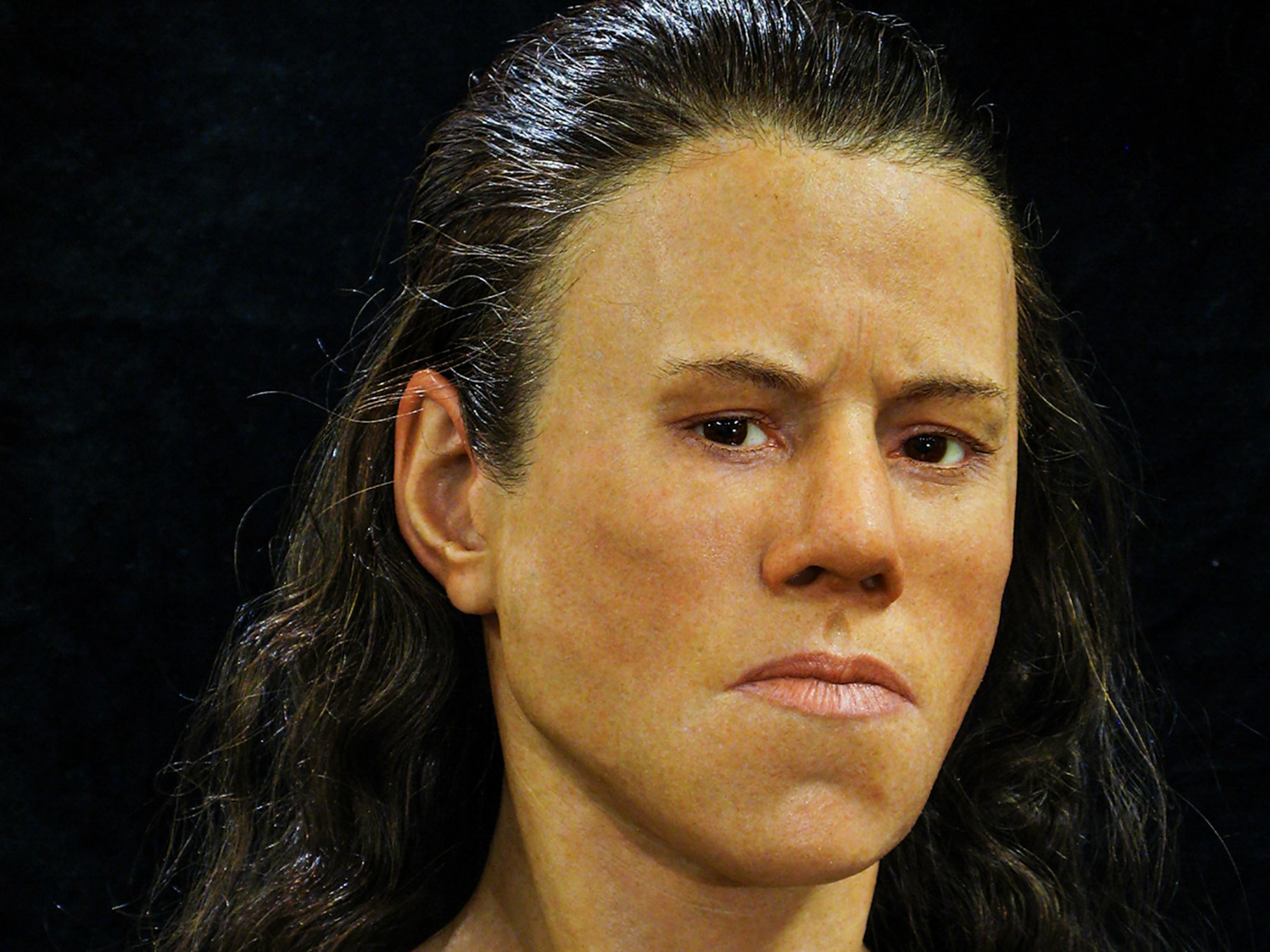Reconstructing the face of a 700-year-old murder victim
Now known as Bocksten Man, his body was stashed at the bottom of the bog by his killer attempting to hide the crime. Unbeknownst to them, the water’s natural chemistry slows the decay of human remains.

The day before Midsummer’s Eve in June 1936, five-year-old Gulli Johanssen tagged along with her older brother Thure as he went to harvest peat in Bocksten Bog in Varberg, Sweden. The Johansson children were shocked to discover bones in the ground and summoned their father, Albert. He notified the police, who then summoned local experts, including Albert Sandklef, director of the Varberg Museum.
Together they determined the body was not a recent victim of foul play; it had been there for centuries. They could see that much of the bones still lay below the earth, but pieces of cloth and wooden stakes were visible above ground. The body and clothing were carefully excavated from the site and taken to the museum where they were preserved and studied.
(These mummies were made … by accident?)
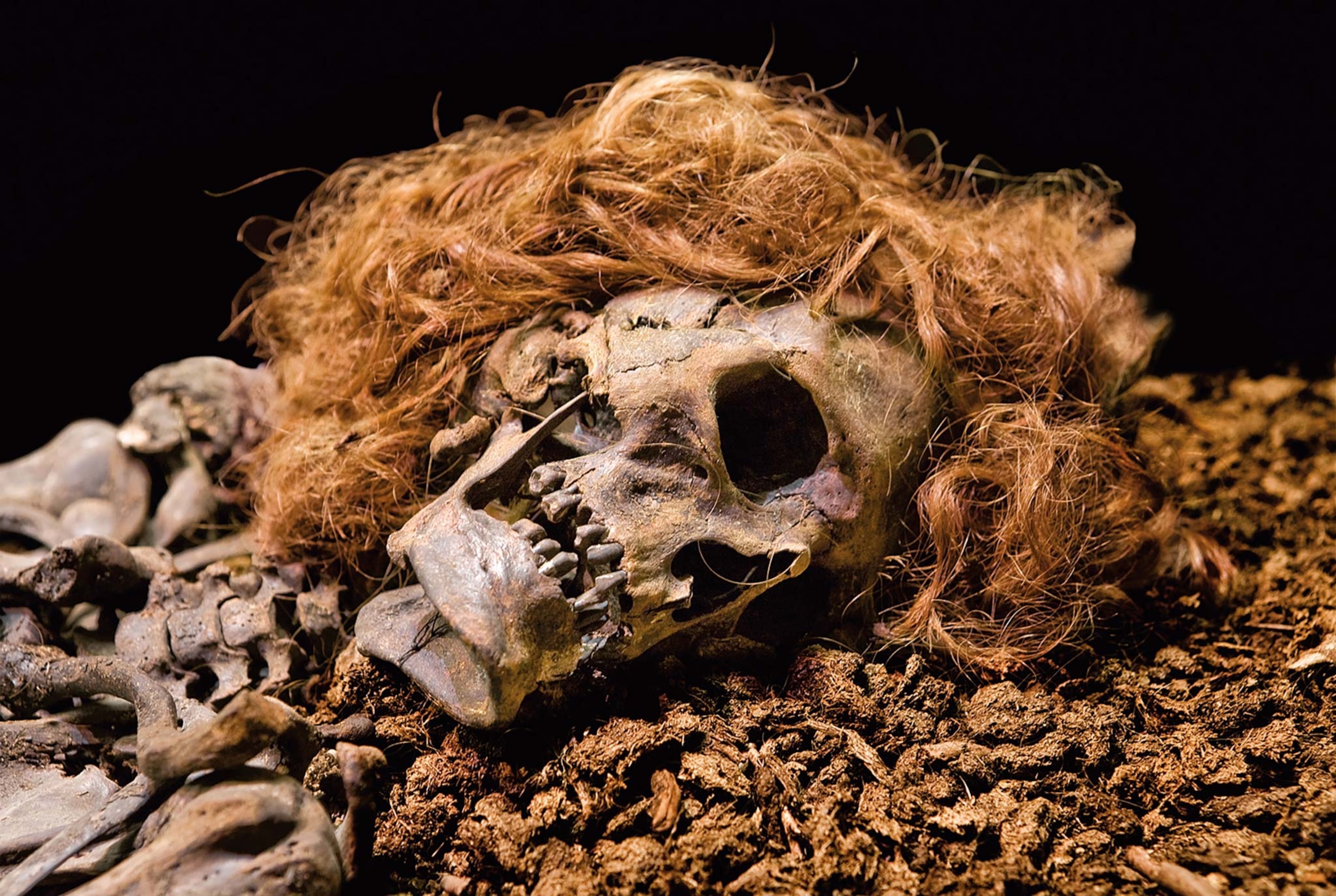
Preserving the body
Now known as the Bocksten Man, this body was remarkably preserved for 700 years in the bog. Bocksten Man was most likely murdered: His skull shows massive fractures, and a wooden post was driven through his chest to pin his corpse to the bottom of the bog.
Whoever put Bocksten Man in the murky water could have been trying to hide their crimes, perhaps hoping the evidence would disintegrate in the depths. But unbeknownst to them, a peat bog's natural chemistry prevents the decay of some human and animal tissues. Peat is a muddy wetlands layer made of decaying plants and mosses. (Peat has been used for centuries as fuel and fertilizer, but many peatlands are now valued for their role as highly efficient and compact carbon sinks.) In colder, northern climates, the low-temperature, low-oxygen environment created in a peat bog is the perfect mix for preserving human bones, teeth, skin, hair, and nails.
(Face of a 7,500-year-old woman reveals Gibraltar's earliest humans.)
This aquatic environment also preserves clothing made of wool or animal skin, but plant-based textiles, like linen, do not fare as well. The watery environment protected not only Bocksten Man's shock of curly hair but also his wardrobe, among some of the best examples of medieval European clothing. He wore a hood, heavy cloak, woven tunic, woolen hose, and leather shoes. Analysis of his garments and his body revealed that he was a person of some stature and wealth.

Back to life
Bocksten Man's well-preserved remains and his clothing were key pieces of putting a face to the mysterious man in the bog. In 2005 the Museum of Cultural History in Sweden hired renowned forensic artist and archaeologist Oscar Nilsson to restore his face as well as his humanity.
(Archaeologists give him skulls—he brings them to life.)
The first steps in the process are meticulous scans of the Bocksten Man's skull which are then used to create a plastic replica. The plastic skull will serve as the reconstruction's base layer for Nilsson. Next, he places a number of small pegs on the skull to help build the face. Using extensive data sets of biological sex, age, weight, and ethnicity, Nilsson can estimate different qualities of a subject's appearance, such as thickness of the facial muscles, plumpness of the cheeks, or sharpness of the nose.
Guided by the pegs, Nilsson then builds up layers of plasticine clay to simulate different kinds of human facial tissue. When the construction is complete, a top layer of silicone "skin" is created and placed. Eyebrows, eyelashes, and hair are some of the last pieces to be put in place, before the figure is adorned and dressed.
(These facial reconstructions reveal 40,000 years of English ancestry.)
Nilsson's meticulously reconstruction of Bocksten Man is displayed near the body's preserved remains in the Hall and Museum of Cultural History in Sweden. Draped in a warm cloak, the shaggy-haired model stands with his arms crossed and a serious expression on his face, revealing how he looked some 700 years ago before his violent demise.
